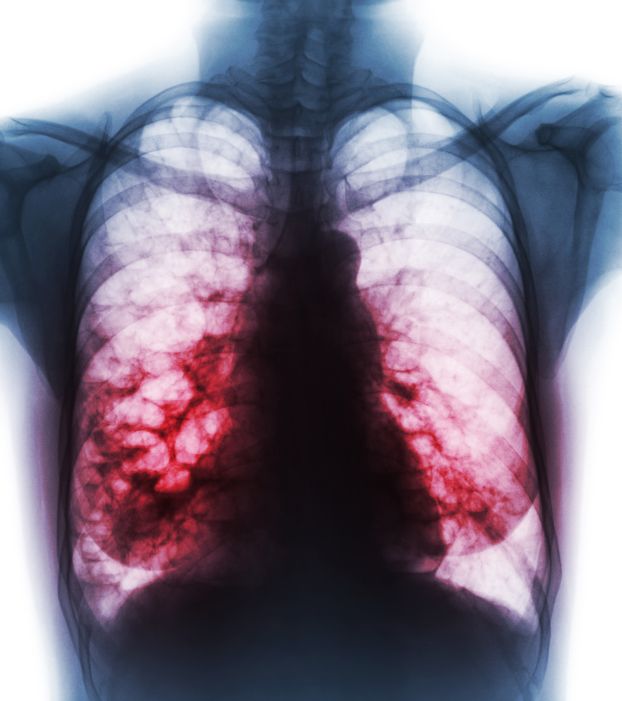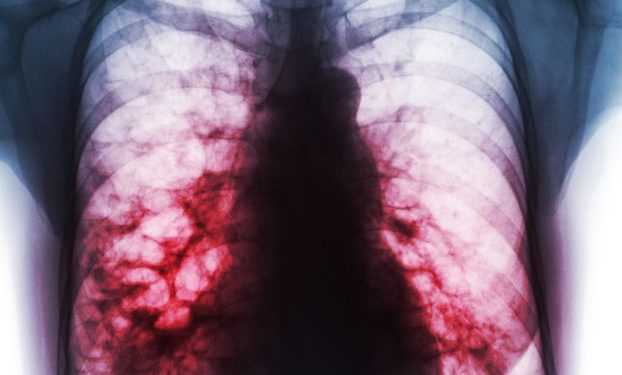Bronchiectasis is a lung disease that is characterized by mucus buildup, inflammation, and damage to the lungs. It can occur due to infection or autoimmune diseases. However, half of all people with bronchiectasis have no known cause. As a result, it’s important to find out the cause and begin treatment early.
The main goal of bronchiectasis treatment is to prevent further damage to the lungs and to relieve symptoms. Treatment may include medicines that open up the airways, hydration, and chest physical therapy. If the disease is more severe, surgery may be necessary. Keeping up with regular checkups and immunizations is also recommended for bronchiectasis patients.
If the condition is caused by an infection, a course of antibiotics is usually prescribed. Antibiotics will help to fight off the infection and stop it from coming back. But stopping too soon can lead to the infection returning. Also, antibiotics can cause side effects.
A high resolution chest CT scan will be performed to pinpoint the underlying cause. This will allow a doctor to perform pulmonary function tests and laboratory testing. In addition, a genetic test can be ordered if the patient is suspected of having CF.
Depending on the severity of the condition, a person with bronchiectasis may need to have surgery to remove a section of the lung. This procedure is used to remove the inflamed area of the lung, and can be effective for some patients.
In addition to surgery, a person with bronchiectasis can also undergo other procedures. These can include postural drainage to eliminate mucus from the lungs, and breathing exercises. Some people may also need to receive oxygen therapy. Other treatments include breathing techniques and a program to promote good nutrition.

People with bronchiectasis need to avoid cigarette smoke, as it can irritate the lungs. The disease may affect the heart, too, and may require a course of long-term antibiotics.
During a medical examination, a doctor will listen to the sound of the lungs with a stethoscope. If the doctor hears an abnormal sound, he or she may suspect that the lungs have a problem. Even without a stethoscope, you can often tell that the airways are narrowing. You may notice a whistling sound, or you may experience shortness of breath, which can be accompanied by weight loss.
You should see a health care professional as soon as you notice any of the bronchiectasis symptoms. Symptoms that appear later in the disease’s progression can be more difficult to deal with. Fortunately, if the condition is recognized and treated early, it’s not a serious problem. Most people with bronchiectasis live with only minor disabilities.
Some of the bronchiectasis treatment options that are used are bronchodilators, a type of drug that opens up the airways, and coughing exercises. Others include medicines to loosen mucus, or expectorants. Taking a lot of water can help thin the mucus.
If your bronchiectasis is caused by a lung infection, it’s a good idea to get treatment as soon as possible. Do not delay treatment if you notice any symptoms, as it can lead to further lung damage.









